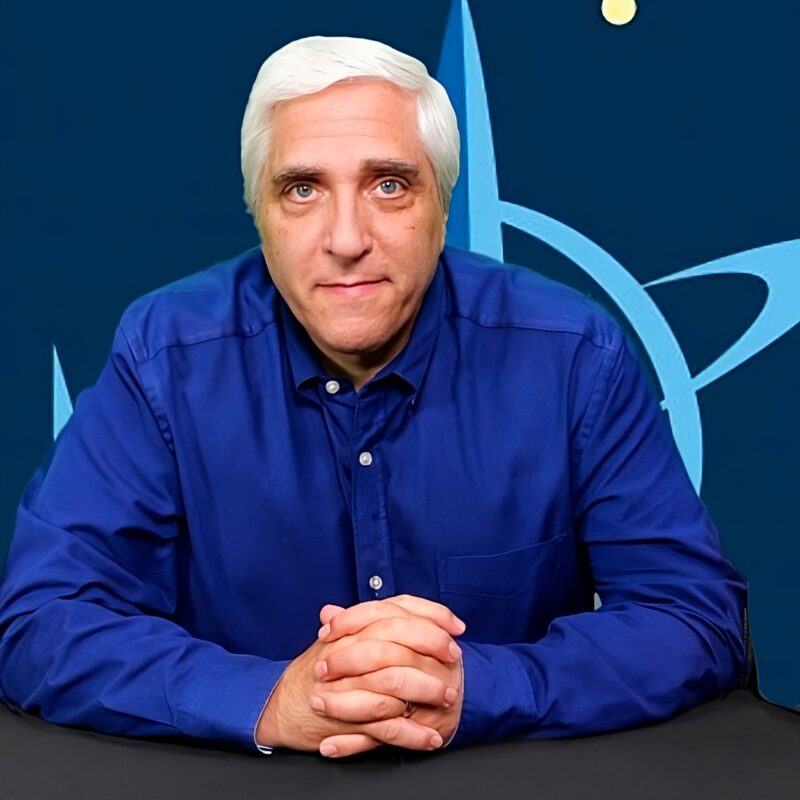Each year I like to write a post about the Nobel Prize in Physiology or Medicine. While advocating for higher standards of science in medicine we tend to spend much of our time criticizing pseudoscience, so I like to balance that by occasionally just celebrating great medical science, and the Nobel Prize is a great opportunity.
The 2025 award for physiology or medicine goes to three researchers, Mary E. Brunkow, Institute for Systems Biology, Seattle, USA, Fred Ramsdell, Sonoma Biotherapeutics, San Francisco, USA, Shimon Sakaguchi, Osaka University, Osaka, Japan, for their work on what is known as peripheral immune tolerance.
To understand the significance of this lets go back to my medical school days (I graduated in 1991). At the time one of the great mysteries we had yet to adequately resolve was why the immune system so vigorously attacked foreign invaders yet was able to avoid one’s own tissue. The immune system knows self from non-self. We make antibodies against pretty much everything, for example, except our own proteins.
One main hypothesis at the time had to do with the thymus, where T-cells develop and obtain their specificity against invaders. The thymus essentially contains self-cells and proteins which act as a template for what T-cells should not target – a process known as central immune tolerance. This works through negative selection – self-targeting T-cells are not allowed to develop and exit the thymus into the bloodstream. This is still essentially correct, and is the probable mechanism for some auto-immune diseases (a failure to exclude certain self-proteins). It was later discovered that the bone marrow also plays a role in central immune tolerance, by filtering out B-cells (the antibody producing cells) that make self-targeting antibodies.
But in 1995 Simon Sakaguchi made a discovery that was not in line with the central thymus theory. He discovered a new class of circulating peripheral T-cells which he called regulatory T-cells (Tregs). These T-cells suppress the activity of other T-cells through a variety of mechanisms. For example, they can secrete anti-inflammatory cytokines such as IL-10 and TGF-beta. They can also directly kill other T-cells. Tregs are able to identify self-reactive T-cells and suppress them, thereby reducing the chance of auto-immunity. This came to be known as peripheral immune tolerance.
Brunkow and Ramsdell came into the picture in 2001 – they discovered that a mouse strain that was very susceptible to auto-immune disease had a mutation in the Foxp3 gene. They then showed that a mutation in the human version of Foxp3 caused the autoimmune disease IPEX. This is a severe auto-immune disease that manifests in infancy, causing severe diarrhea, eczema, and early-onset type 1 diabetes among other problems. Treatment requires immunosuppressive drugs and can include bone marrow transplants.
As an aside – and a link to another Nobel Prize-winning discovery – early clinical trials are underway to use gene therapy, including CRISPR, to treat IPEX. This is a great target because it is a genetic auto-immune disease, due to a mutation in a single gene.
Back to this year’s prize, two years after Brunkow and Ramsdell’s work, Sakaguchi picked up the ball again and did research to demonstrate that the Foxp3 gene was involved in the development of Tregs, and therefore IPEX was a disease of peripheral immune tolerance.
In the last 30 years our understanding of the immune system has greatly expanded. It is much more complex than we thought back in the 1990s. The immune system is a complex web of central and peripheral mechanisms maintaining a dynamic homeostasis, that can both react to new threats while avoiding attacking one’s own tissue. Further, mechanisms that both increase and decrease inflammation exist in a delicate balance, striking a functional tradeoff to protect the body while minimizing damage.
As yet there are no approved therapies based on Tregs, but there are several in early clinical trials. These include treatments for autoimmune diseases, degenerative diseases, and organ transplantation rejection. This is yet another example of the typical 2-3 decade delay from basic science discovery to clinical application. That is how long it takes to fully understand the implications of a new discovery and translate it into an actual treatment.
It also demonstrates that basic scientists just following their curiosity can make discoveries with profound implications. And it further shows how modern science, including medical science, often progresses as a collaboration of different labs and scientists, and increasingly an international collaboration. This is why it is so tragic and short-sighted that the current administration has cancelled all NIH subgrants to international collaborators. This is already negatively impacting promising research.


